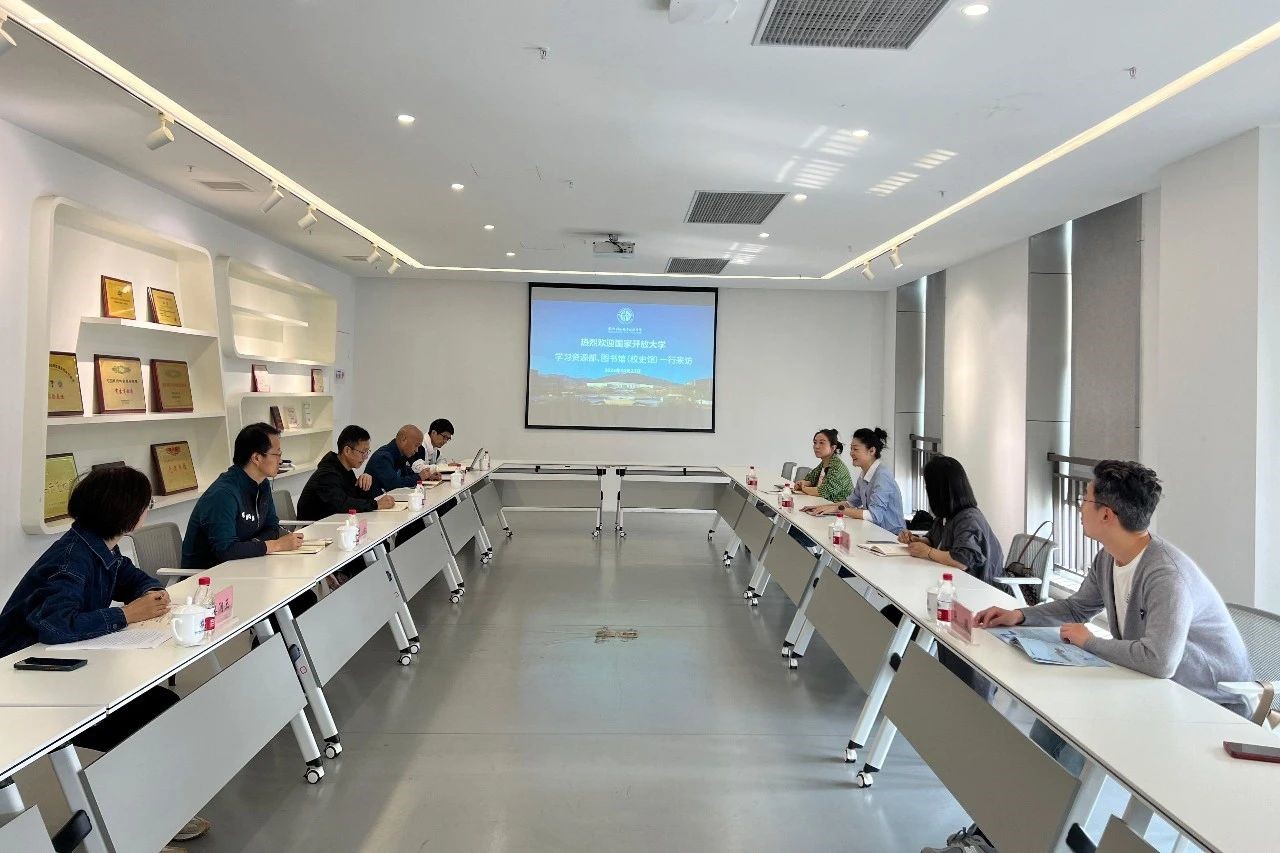 In order to make proper preparations for the establishment of the university history museum and draw on the experiences in the construction, operation, and maintenance of domestic university history museums, a four-member group from the Library (University History Museum) and the Publicity Department of the Open University of China (OUC) visited eight universities, including Tsinghua University, Shanghai Jiao Tong University, Zhejiang University, and Hangzhou Open University, for research and exchange activities.
In order to make proper preparations for the establishment of the university history museum and draw on the experiences in the construction, operation, and maintenance of domestic university history museums, a four-member group from the Library (University History Museum) and the Publicity Department of the Open University of China (OUC) visited eight universities, including Tsinghua University, Shanghai Jiao Tong University, Zhejiang University, and Hangzhou Open University, for research and exchange activities.
Through on-site visits to the historical pictures and physical materials in the university history museums of different institutions of higher education as well as the interactive technological exhibition displays, the research group deeply felt the school-running characteristics and historical development processes of different universities. Each university, by integrating its own historical accumulations, venue space and actual educational situations, divides the exhibition contents in the forms of time-line, event-line and business-section-line, etc. It effectively deals with the relationships among exhibition effects and purposes, contents and forms, and history and the present, highlighting "seeing people, objects, events, spirits and feelings", and conveys their respective unique spiritual and cultural cores through the platform and window of the university history museum.

On-Site Symposium
The research group respectively held symposiums and exchanges with Tsinghua University, East China Normal University, China Academy of Art and Hangzhou Open University. Based on their own practices, each university shared their construction experiences in terms of the preparation cycle of the university history museum venue, on-site construction, exhibition layout, exhibition planning, multimedia application, operation and maintenance mode, personnel allocation, and also exchanged their insights on how to improve service levels and optimise management efficiency.
This series of research activities not only deepened the OUC’s understanding of the construction of the university history museum but also offered precious experience for the fundamental construction work of the OUC’s university history museum.
By Mu Ying, OUC